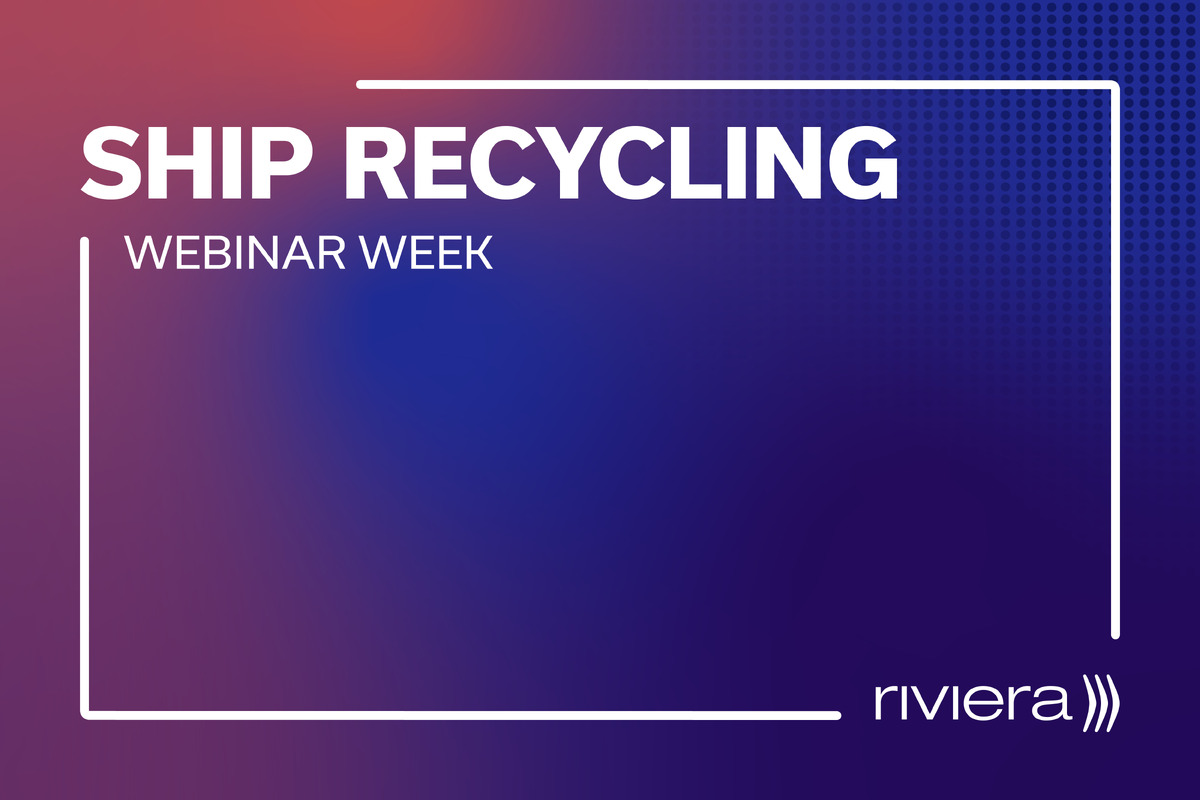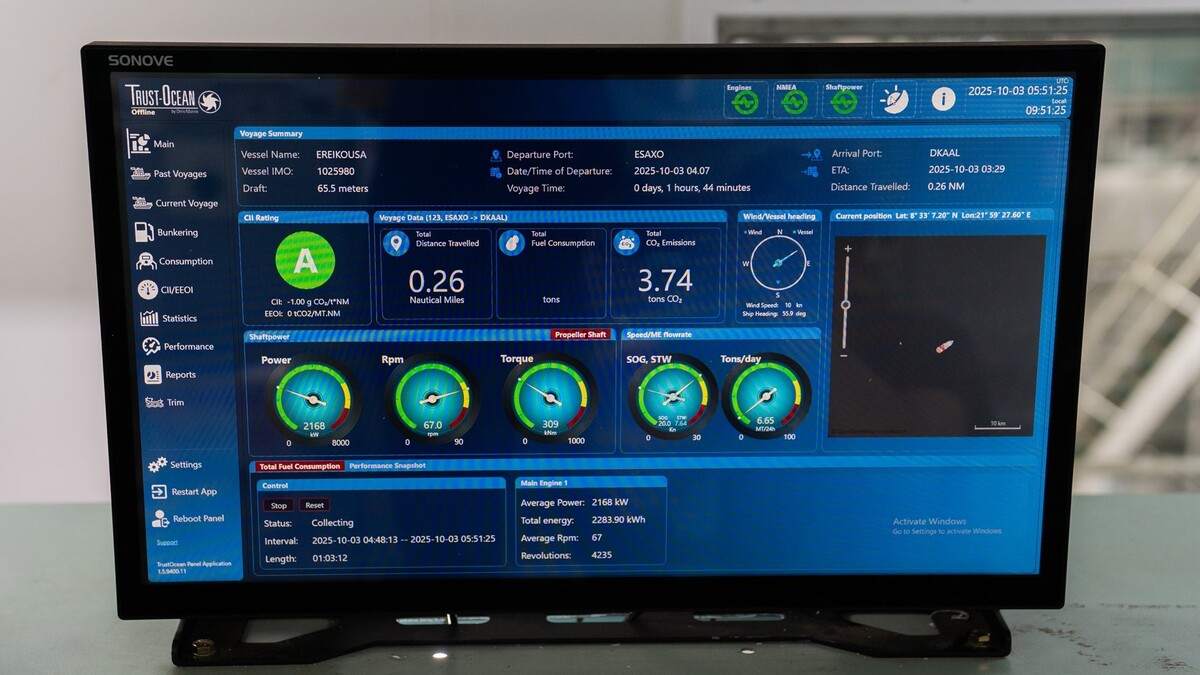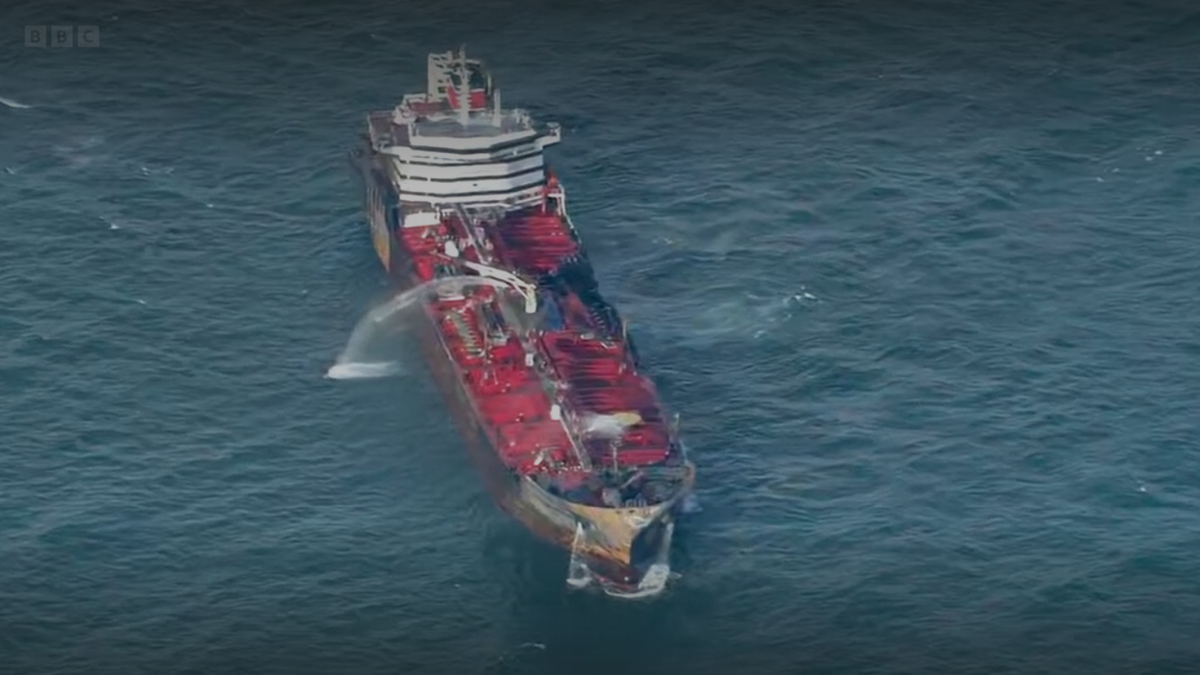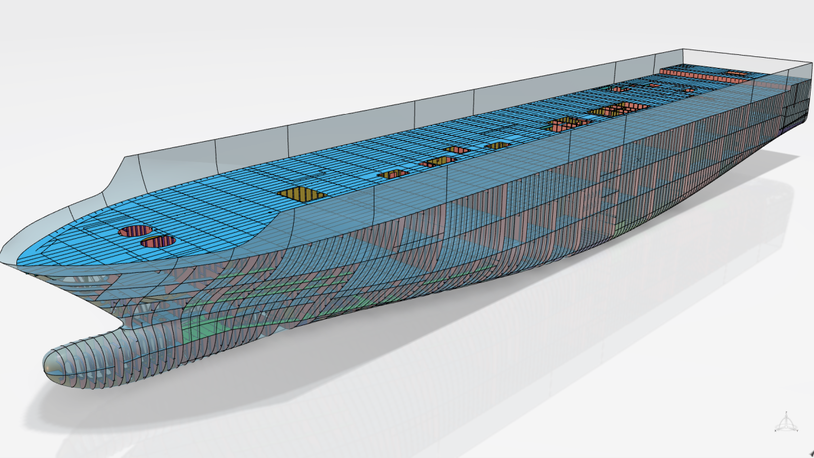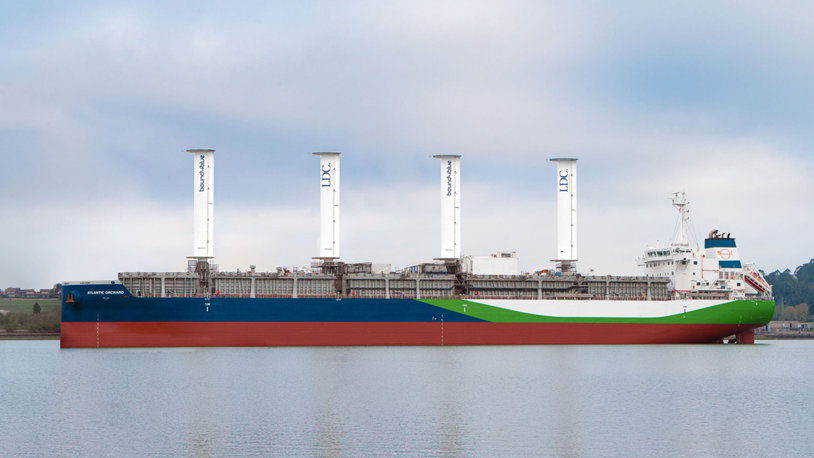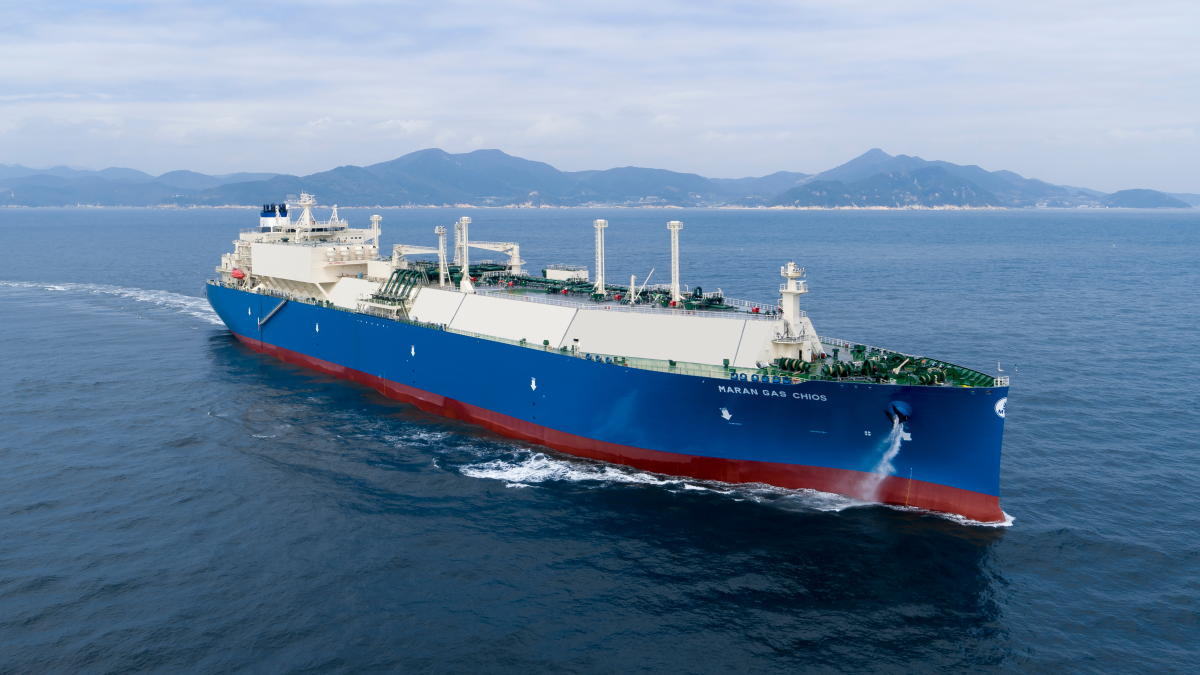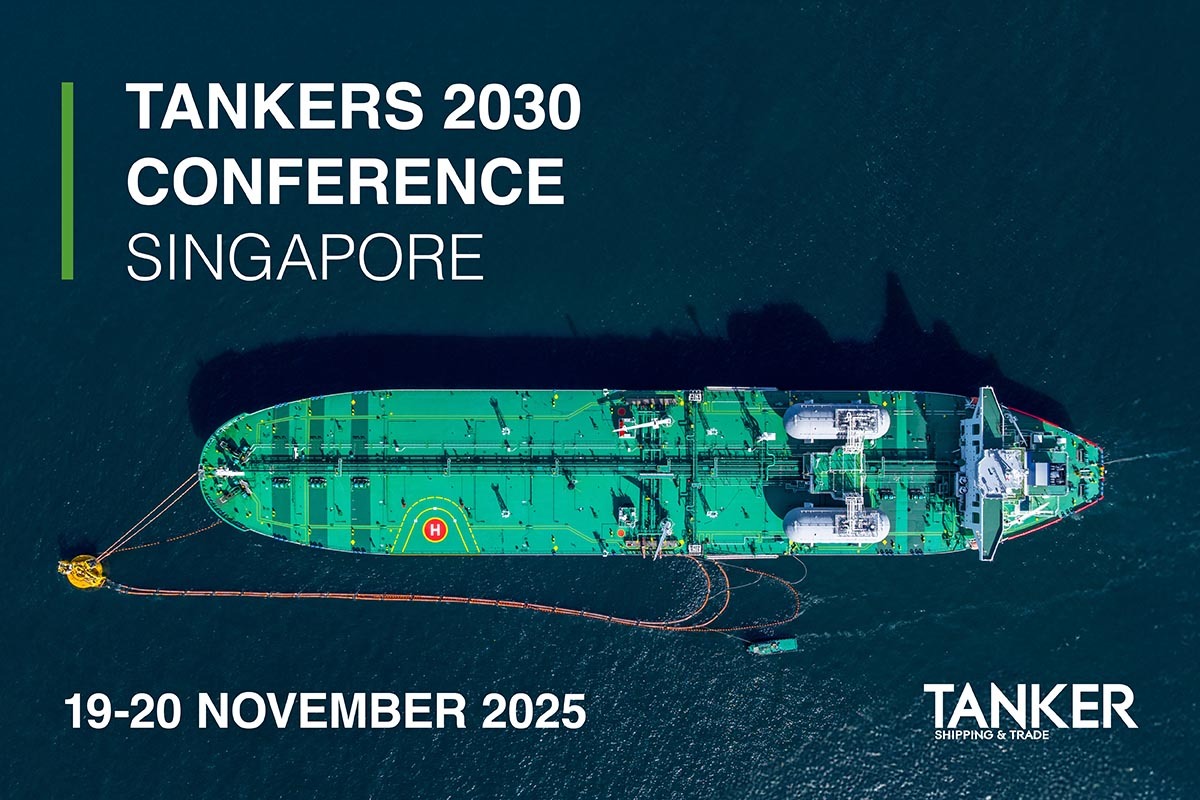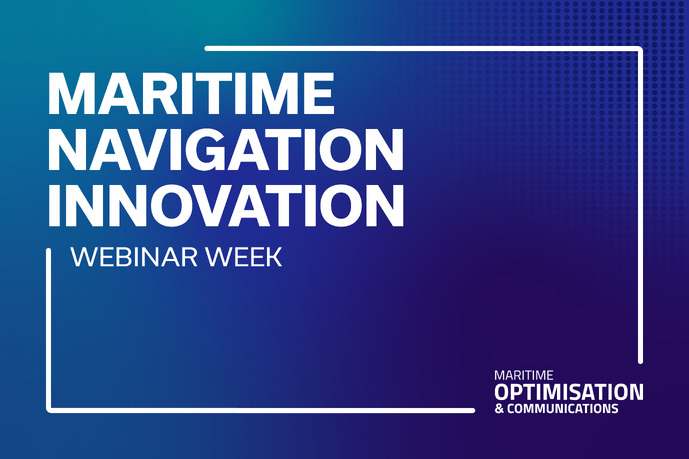Business Sectors
Events
Ship Recycling Webinar Week
Contents
UK vessel fires: search called off for missing sailor, response turns to pollution mitigation
After an explosive collision, a Stena Bulk MR tanker full of jet fuel and a Portugal-flagged container feeder vessel are both on fire off the UK’s east coast
A multi-agency response to a two-vessel collision and fire in UK waters is shifting the focus away from search and rescue and towards salvage planning and response to the threat of pollution posed by the vessels and their cargoes.
Stena Bulk MR tanker Stena Immaculate and the Ernst Russ-owned container feeder vessel Solong, which collided in the Humber estuary, are both still burning, according to the latest update from the UK’s HM Coastguard.
"Solong is still alight and the fire on board Stena Immaculate has greatly diminished. Safety vessels and other vessels with firefighting capabilities are still on the scene with more arriving today," the agency said.
The Coastguard also said it had taken the decision to call off a search for a missing member of Solong’s crew.
“36 crew members were taken safely to shore. One crew member of Solong remains unaccounted for. After an extensive search for the missing crew member, sadly they have not been found and the search has ended."
While a UK member of parliament initially reported on 10 March that all crew had been rescued, Solong owner, Germany-headquartered shipowner and asset manager Ernst Russ confirmed one of the crew remains missing.
"We extend our deepest sympathy to the family of the missing crew member, mindful that the search has been called off. Our first thoughts must be with them at this uncertain and distressing time. All necessary support is being provided to the family," the company said.
The same MP said one crew member had been taken to hospital but HM Coastguard corrected the account, saying the crew member was treated on scene and declined further medical assistance.
Reports from the scene on 10 March described an explosion visible from a significant distance followed by thick plumes of smoke.
The Stena tanker was carrying a cargo of jet-A1 fuel, which can be highly toxic, but also can disperse quickly. See the section on the potential environmental impacts of cargo further down in the story.
Several reports have stated that the container feeder vessel Solong had up to 15 containers carrying sodium cyanide on board. However, a statement from Germany-based Solong shipowner Ernst Russ said the extremely volatile and highly toxic substance – potentially deadly and reactive to both air and water – was not on board the vessel.
"We are able to confirm that there are no containers on board ladened with sodium cyanide, as has been misreported. There are four empty containers that have previously contained the hazardous chemical and these containers will continue to be monitored," a statement from Ernst Russ said.
The company said its primary priority is the wellbeing of its 13 crew members who were evacuated from the container ship and those providing a response to the incident.
"We recognise the dangers that others are faced with as they work to stabilise and secure the vessels and cargos involved," the shipowner said. "We would like to thank all of the emergency responders who have urgently deployed to the scene in support of this response effort. Our team is actively engaged with all local authorities, and we will work with clean-up teams to ensure every effort is made to mitigate further impacts on the marine environment. Ernst Russ will fully assist with the investigations that are to follow."
The UK’s Marine Accident Investigations Branch has sent investigators to the scene.
HM Coastguard said it is supporting the Secretary of State’s Representative in the response to the collision between two vessels and reported the vessels had separated overnight.
"At 11.20pm last night, Solong separated from Stena Immaculate and began to drift southwards; this is being monitored by HM Coastguard. An exclusion zone of 1 km radius has been put in place around both vessels," HM Coastguard said.
The agency also said a counter pollution and salvage team is assessing the incident and "developing a plan ready for implementation as soon as the situation allows". The UK representative from the Secretary of State’s office is, according to HM Coastguard, working with ship owners, salvors and insurance companies.
Monitoring for pollution, the UK’s Department for Environment, Food and Rural Affairs has confirmed air quality at ground level is currently within normal levels for the weather conditions.
The UK Health Security Agency (UKHSA) is also assisting in the response, and has advised that any public health risk on shore is currently deemed to be very low.
"UKHSA risk assessments are under continual review as further information becomes available," according to the report.
AIS-based animations of vessel movements in the lead-up to the moment of impact, show Solong, heading south from Scotland en route to Rotterdam, hit Stena Immaculate at a reported speed of 16 knots. An animation from vessel tracking website Marine Traffic shows a rapid and sustained response from numerous vessels in the area over the hours that followed the collision, with activity tailing off in the afternoon of 10 March, after an exclusion zone was implemented around the burning vessels.
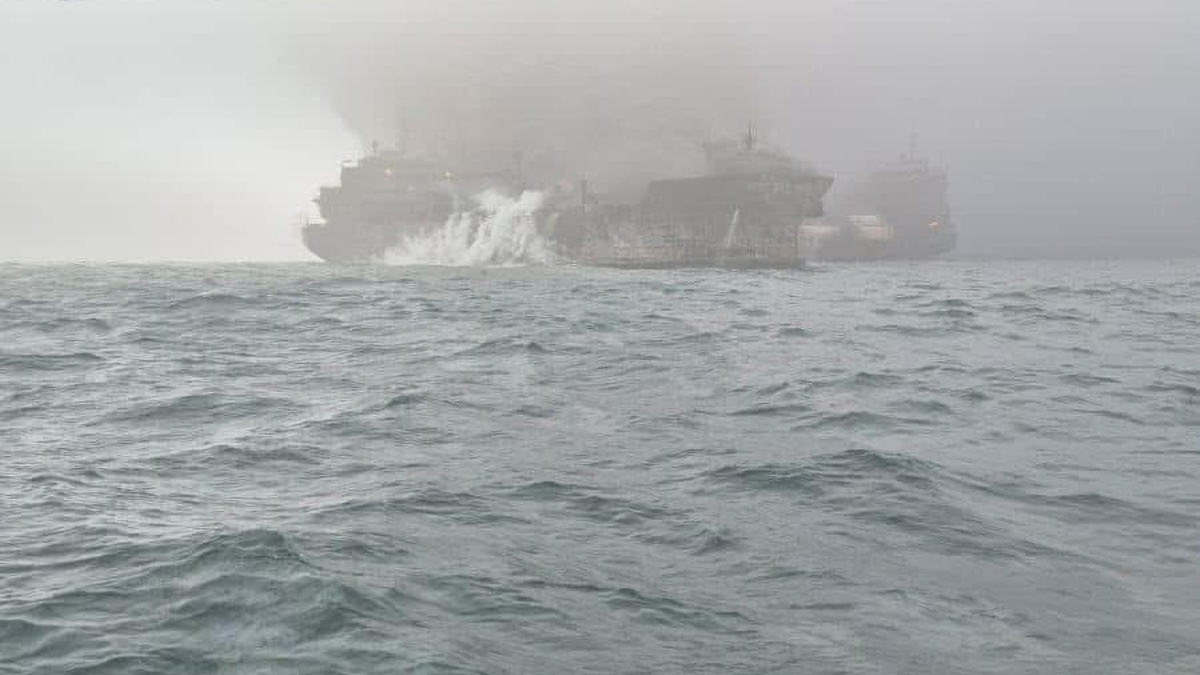
Potential environmental impacts of cargo
With both vessels on fire, the potential environmental impacts from the incident come from multiple sources including the burning or spillage of the cargo of the MR tanker and the same for the cargo in the containers on board the container feeder vessel, as well as from the burning of the vessels and the burning or spillage of the fuel in their tanks.
The US government’s National Oceanic and Atmospheric Administration (NOAA)’s Emergency Response Division in the Office of Response and Restoration summarised the potential environmental impacts from a kerosene or jet fuel spill of the type Stena Immaculate was carrying as cargo.
If the cargo reports of jet-A1 fuel are accurate, NOAA said these types of highly refined kerosene fuels used in commercial and general aviation turbine engines are light refined fuels with low viscosities, "meaning that, when spilled on open water, most of the oil will evaporate or naturally disperse within a day or less".
"Thus, seldom is there any oil on the surface for responders to recover from open water. These oils are much lighter than water," NOAA said, noting kerosene and jet fuels are "virtually clear and extremely difficult to see on the water".
However, the summary said in spillages where larger amounts of oil soak into wetland soils to "expect high mortality of animals and plants".
"The rapid loss by evaporation for spills to open water reduces the exposure to aquatic organisms, thus fish kills are seldom reported," NOAA said. "Aquatic organisms that come in direct contact with naturally dispersed and entrained jet fuel in the water column may be killed."
NOAA’s summary goes on to say kerosene-type fuels are completely degraded by naturally occurring microbes, under timeframes of one to two months when there is sufficient oxygen present but fuel that has penetrated to 30 cm in sandy soils can take more than 18 months to degrade.
The Humber Estuary’s sediment, according to the Humber Nature Partnership, "is vital for the estuary’s function and every tide carries over 1,500 tonnes. It is estimated that up to 1.26M tonnes of sediment may be present in the water in the estuary. The deposited sediments maintain the estuary’s important habitats such as mudflats, sandflats and saltmarsh. The Humber supports a rich variety of habitats and species and is recognised as one of the most important estuaries in Europe for overwintering birds".
UK waters are the ’top global location’ for shipping incidents in past 10 years
Insurer Allianz Commercial has compiled statistics covering the location and the frequency of maritime incidents.
The company said UK waters are "the top global location for the most shipping incidents over the past decade, with 5,279 incidents reported on vessels over 100 gt, accounting for close to 20% of the 28,000 shipping incidents reported around the world during this time".
Globally, the firm said the majority of shipping incidents have been caused by machinery damage or failure during the past 10 years (11,506). However, collision with other vessels ranks second (3,014), followed by wrecked/stranded (2,808) and contact with port infrastructure (1,916).
"An average of three vessels a year globally (over 100 gt) have been lost over the past decade due to collisions with other vessels: 30 in total between 2014 and end of 2023. It is the fifth top cause of total loss of vessels," Allianz Commercial said. "Collision with another vessel accounts for around 4% of the 729 total losses of vessels reported over the past decade."
10 March
The UK’s Maritime and Coastguard Agency is co-ordinating an emergency response following a collision between a tanker and cargo vessel off the coast of east Yorkshire.
The agency said the incident resulted in fires aboard both vessels.
"The alarm was raised at 9.48 am. A Coastguard rescue helicopter from Humberside was called, alongside lifeboats from Skegness, Bridlington, Maplethorpe and Cleethorpes, an HM Coastguard fixed-wing aircraft, and nearby vessels with fire-fighting capability. The incident remains ongoing and an assessment of the likely counter pollution response required is being enacted," a statement from the agency said.
The vessels are the US-flagged MR tanker Stena Immaculate and Portugal-flagged Solong, a small container vessel.
A recording, purportedly of the initial Humber Coastguard radio dispatch for the incident, posted online said the container vessel had struck the MR tanker, which was carrying "jet-A1 fuel, which is on fire and in the water". The dispatch requested contact from vessels with fire-fighting and search and rescue capabilities and said "both vessels are abandoning".
A statement from Stena Bulk later confirmed the incident and that its vessel was "anchored off Hull in the North Sea" when the allision occurred.
The local member of parliament for Beverley and Holderness, Graham Stuart, has cited a conversation with the UK’s Secretary of State for Transport Heidi Alexander. Mr Stuart said he had spoken with Ms Alexander and understood that "only one person is in hospital. The other 36 mariners across both crews are safe and accounted for."
Stena Bulk CEO Erik Hanell has said all of the crew of the Stena Immaculate are safe, noting that number totals more than 20 individuals.
More than 30 crew were reportedly taken ashore from the location of the incident on various harbour and transfer vessels. The incident took place at an outer anchorage, according to the Coastguard, which the chief executive of Port of Grimsby East, Martyn Boyers, told reporters was about 16 km off the coast from the port. Mr Boyers also reported ’a flotilla of ambulances’ were searching for crew who remained unaccounted for in the hours following the collision.
The 49,729-dwt tanker Stena Immaculate is part of a joint venture betwen Stena Bulk and Crowley in the US. It is one of three Crowley-managed tankers to have been chosen by the US Maritime Administration (MARAD) for the US’ 10-vessel Tanker Security Program, which aims to "ensure efficient transport during critical periods" for US national defence purposes. Under the programme terms, the three tankers are able to operate on commercial contracts internationally but can be chartered on a short-term basis to serve the US government’s operations.
The VesselsValue AIS database shows Stena Immaculate’s recent trip from Greece to the UK, where it arrived and remained stationary, from 7 March 2025. AIS data from the 804-TEU, 9,322-dwt box feeder vessel Solong shows the vessel sailing from Scotland on 9 March en route to Rotterdam, the Netherlands.
Statements from Stena Immaculate joint venture owners Stena Bulk confirmed crew were safe while vessel operator Crowley said the vessel "was struck by the container ship Solong".
"Stena Immaculate sustained a ruptured cargo tank containing jet A1 fuel due to the allision. A fire occurred as a result of the allision, and fuel was reported released. Stena Immaculate’s crew abandoned the vessel following multiple explosions on board. All Crowley mariners are safe and fully accounted for."
A spokesperson for the UK’s Marine Accident Investigation Branch said, "The Marine Accident Investigation Branch has deployed a team to Grimsby following the collision of the Portuguese-registered container ship Solong and the US-registered oil tanker Stena Immaculate which collided in the North Sea this morning. Our team of inspectors and support staff are gathering evidence and undertaking a preliminary assessment of the accident to determine our next steps.”
Riviera’s International Chemical & Product Tanker Conference will be held in London, 23 April 2025. Click here for more information on this industry-leading event.
Related to this Story
Events
Ship Recycling Webinar Week
International Bulk Shipping Conference 2025
Tankers 2030 Conference
Maritime Navigation Innovation Webinar Week
© 2024 Riviera Maritime Media Ltd.
